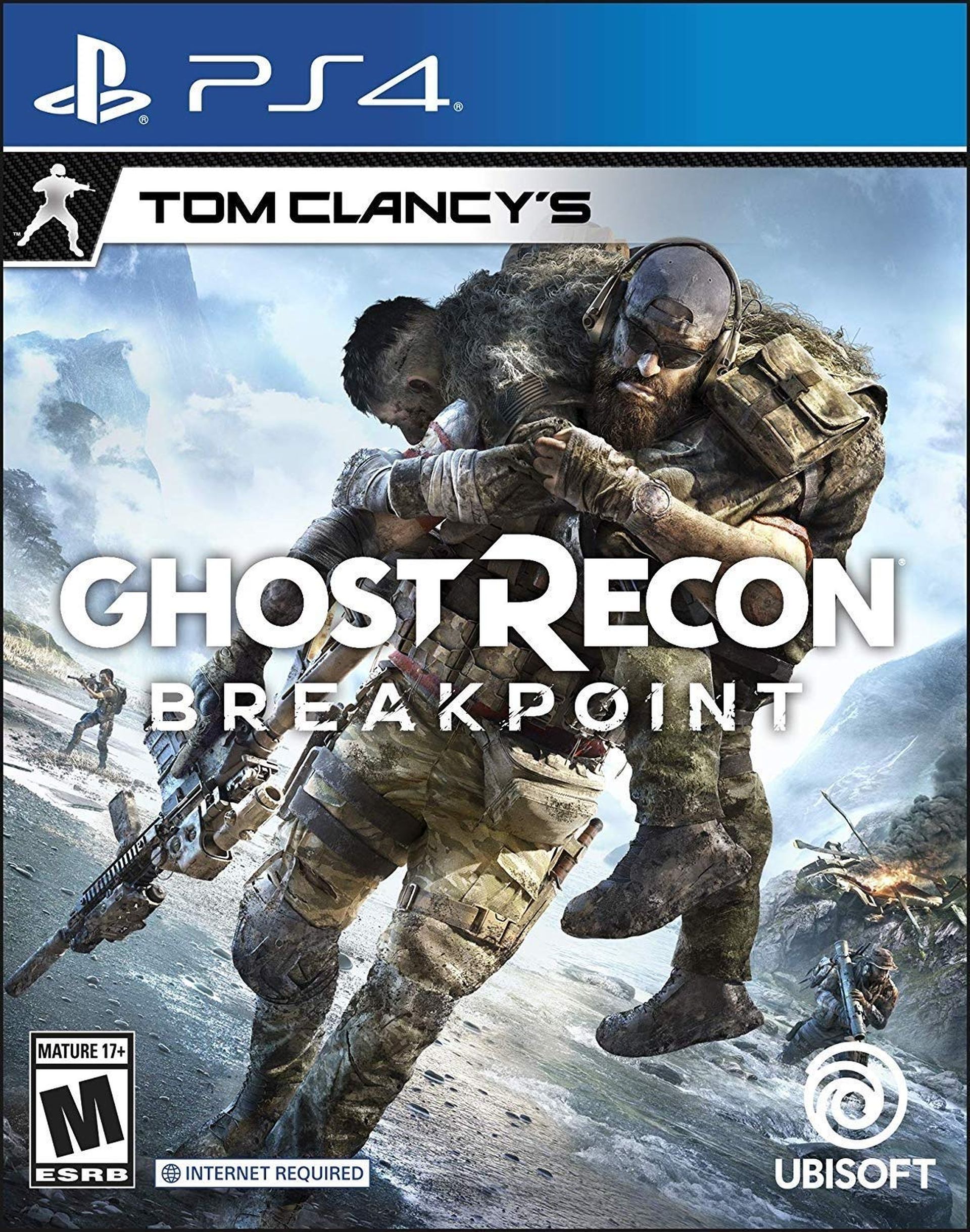Tom Clancy’s Ghost Recon Breakpoint
Developer: Ubisoft Paris
Publisher: Ubisoft
Platform: PlayStation 4, Xbox One, Windows (Reviewed)
Release Date: 4 October 2019
Price: $59.99 USD/ $99.95 AUD – Available Here
Video Review
Overview
Ubisoft is returning to the Ghost Recon franchise for 2019’s holiday release season. The team at Ubisoft Paris is once again shaking up the Ghost Recon formula, building on the open world gameplay established with Tom Clancy’s Ghost Recon Wildlands by adding elements of RPG and survival gameplay. Nomad is returning as the protagonist, leading a team of elite Ghosts into Auroa to investigate why a transport ship was sunk off the coast.
Story
The story in Tom Clancy’s Ghost Recon Breakpoint is not good. The overall world has a lot of potential. It’s the sort of near future military thriller that Tom Clancy was famed for, proposing a world where artificial intelligence and drones become the most powerful weapon on the battlefield. Unfortunately, the writers never live up to the potential as the story is a cheesy and generic attempt at an action-military thriller. The weird MMO-styled main town is a massive plot hole. The story keeps pushing the idea of the Ghosts just scraping by with a few soldiers left alive, yet the main town is packed full of other players.
The writing is poor. The main dialogue swings between wooden and cringeworthy. The dialogue for nameless NPCs is even worse, often lacking any context for the situation. I can’t count how many times I heard an NPC shout at Nomad to stay out of their personal space, which apparently spans three meters around the NPC, and then warmly offer information three seconds later. The game makes the situation worse by making NPCs incredibly chatty, making it obvious how few NPC lines there are to begin with and how the game seems completely oblivious to context.
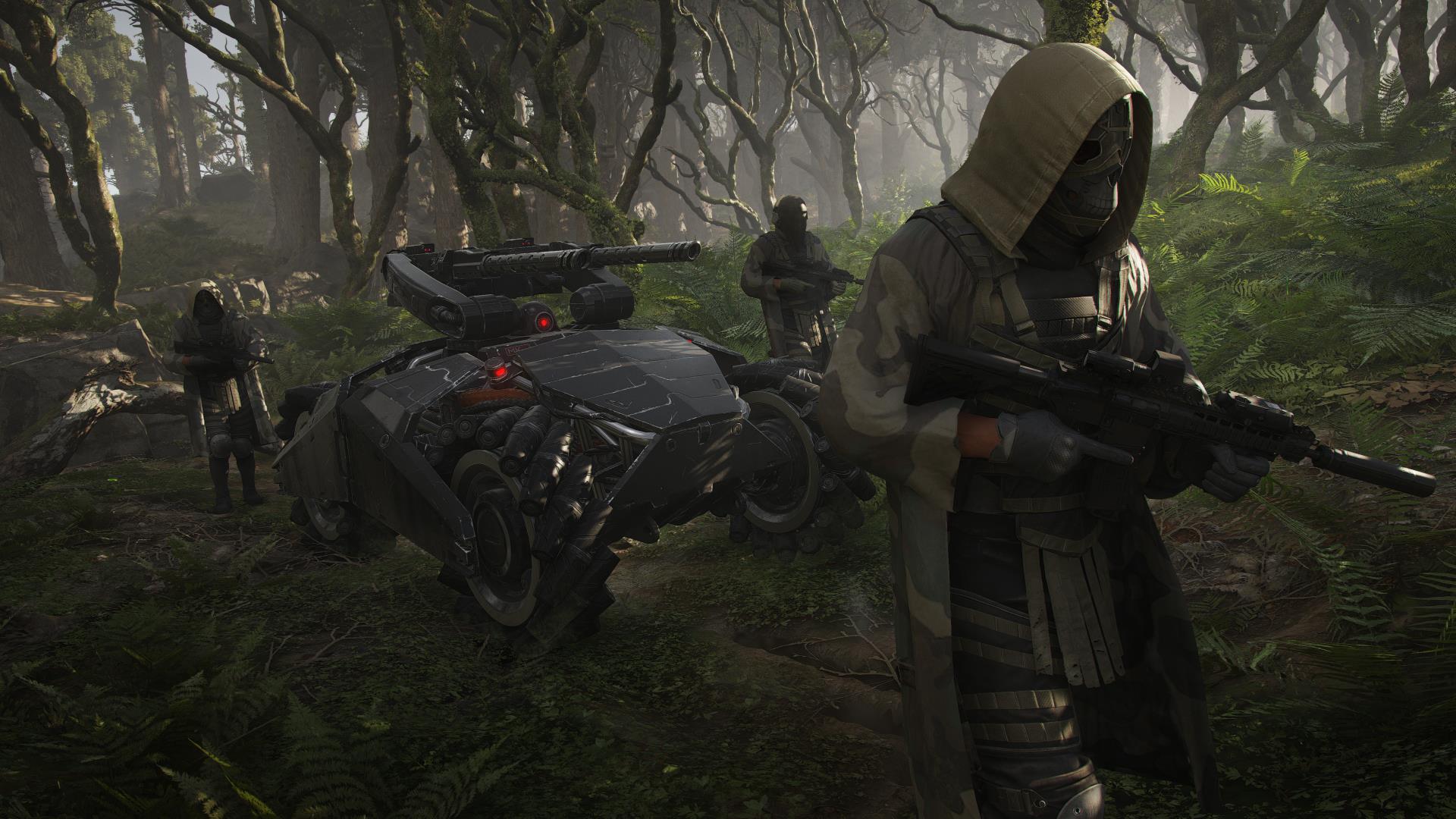
Gameplay
Tom Clancy’s Ghost Recon Breakpoint is a lousy buffet of game mechanics. The developers started with a strong foundation from Wildlands, which was an open world tactical third person shooter that was still accessible enough for mass market appeal. For some reason, the developers felt the need throw in some RPG and survival mechanics that serve little more than window dressing so a few lines can be added to the game’s features list.
What was carried over from Wildlands is still fun. The gunplay is solid, offering a semi-realistic experience that encourages staying in cover and ambushing enemies to even out the odds. Wildland’s class-based multiplayer setup is now found in both single and multiplayer in Breakpoint. The skill tree is a mix of three different types of skills. The four class specializations offer players an active skill and some complimentary passive skills. All four can eventually be purchased with skill points and swapped at will at a bivouac. Equipped skills offer high impact buffs to stats, but only three can be equipped at a time. Passive skills have slightly more subtle effects but are always active. The skills never drift far from the realm of possibility, maintaining the fine balance between realism and fantasy. The system also allows players to specialize early in a specific playstyle, then gain flexibility as they level.
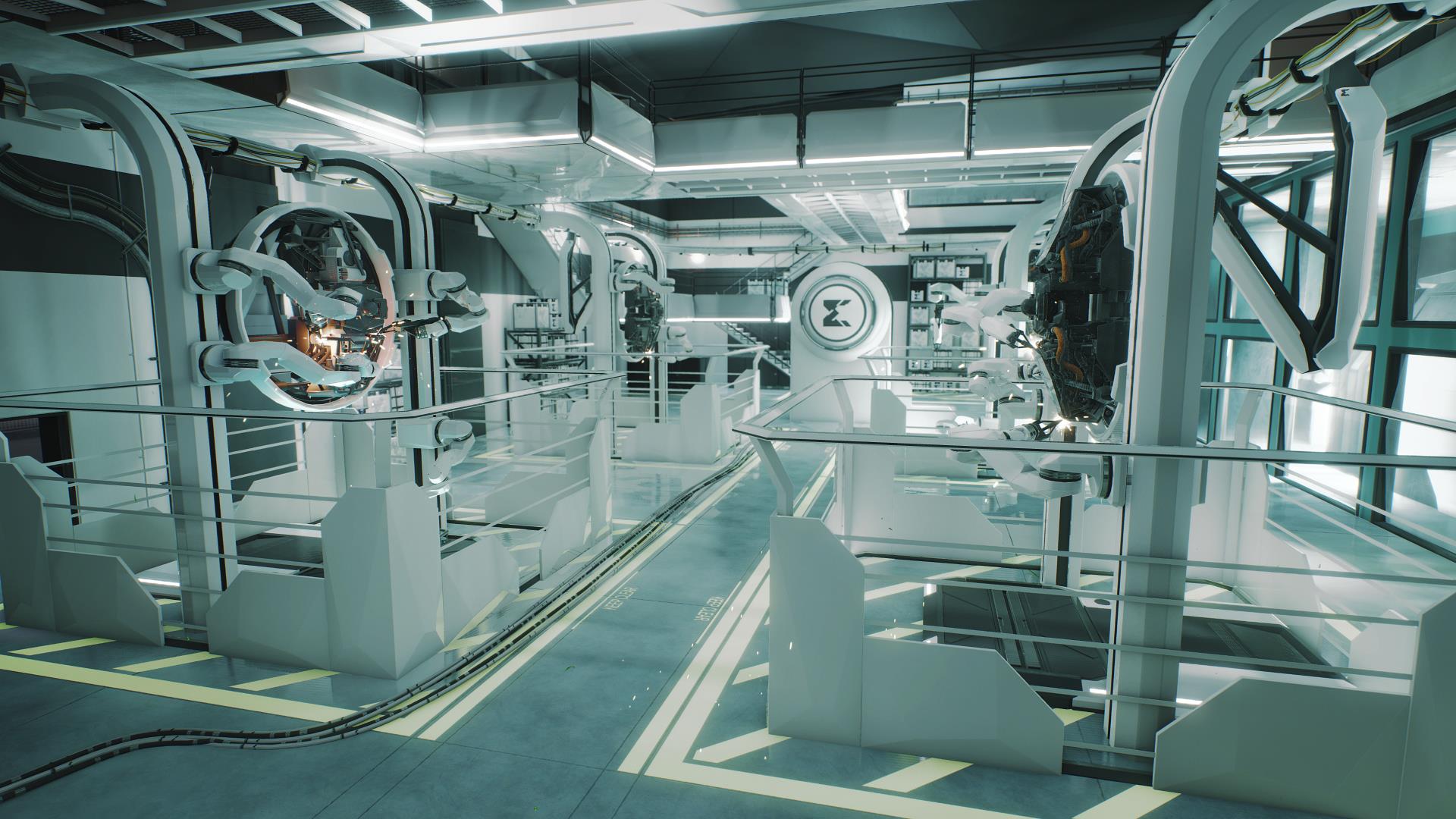
While the RPG skill system is designed well, the new item mechanics are about as deep as a puddle. The weapon attachment system from Wildlands is back. Unlike the RPG-style item quality bonuses, the attachments have a more noticeable influence on gameplay. Item drops never feel satisfying. The ability to purchase a level appropriate weapon of the player’s choice puts a slight damper on the loot pinata, incentivizing players to prioritize blueprint hunting over gear. Item management is plain clumsy. Players have access to an item wheel with three offensive slots and three utility slots. Two are locked, leaving players only four slots to juggle too many items to count. In the end, I found food buffs were just too much of a hassle to use on a regular basis as medical syringes and binoculars were more important.
The survival mechanics are equally as shallow. Water is indirectly the only mandatory consumable resource. Burning through the available stamina pool will eventually lower the maximum stamina pool, requiring players to either drink water or rest at a bivouac. Even a mildly attentive player will be able to manage their stamina pool, and there’s enough water around to rarely be a problem. Food is completely optional, which is a blessing in disguise considering the state of the item wheel.
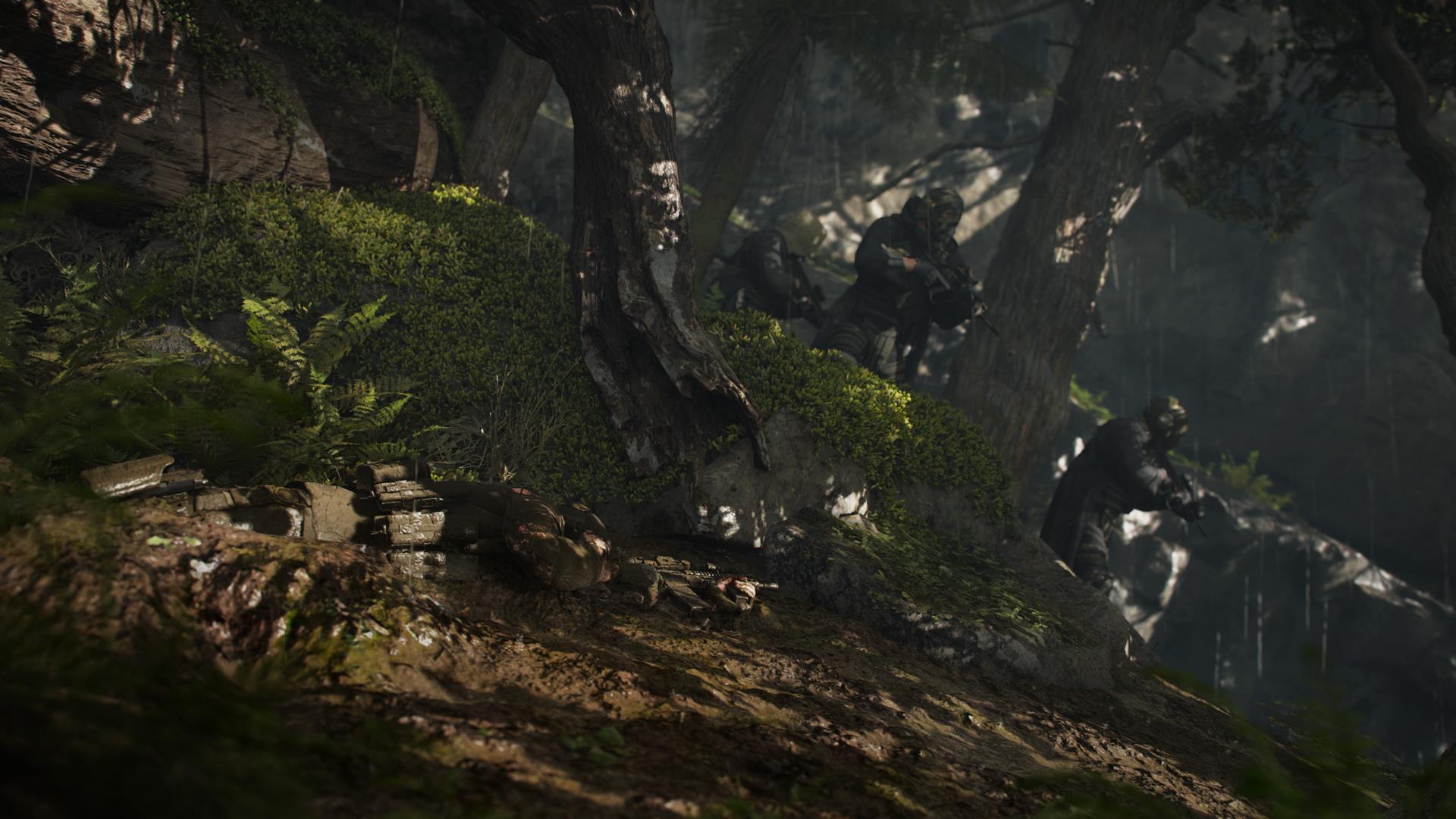
The level and mission design are decent. Auroa is a large open world with a variety of biomes to explore. A liberal number of bases and outposts are scattered across the island for players to raid. The mission system gives players the option of a more directed experience with traditional map markers or an open-ended detective-style system where players are given clues and told to figure it out themselves. I like the open-ended system as demands a little bit more brain power and exploration but having both options available for players is an excellent idea. There is a solid amount of content besides exploring. The story and side missions are augmented with randomly generated faction missions that are refreshed daily. Like most open world games, the mission objectives tend to be repetitive, falling into some combination of killing targets, blowing up objects, finding intel, or stealing something.
Ghost War multiplayer makes a return in Breakpoint. It offers four versus four combat across a variety of modes. It adapts the existing skill system and removes all item bonuses for balance. Much like the PVE portion of the game, Ghost War is a slower paced game mode focusing on positioning and tactics. Those who have played Ghost War in Wildlands or tried The Division 2’s multiplayer mode will be right at home. It also rewards loot that can be carried over to PVE, so it doesn’t punish players for focusing on one or the other.
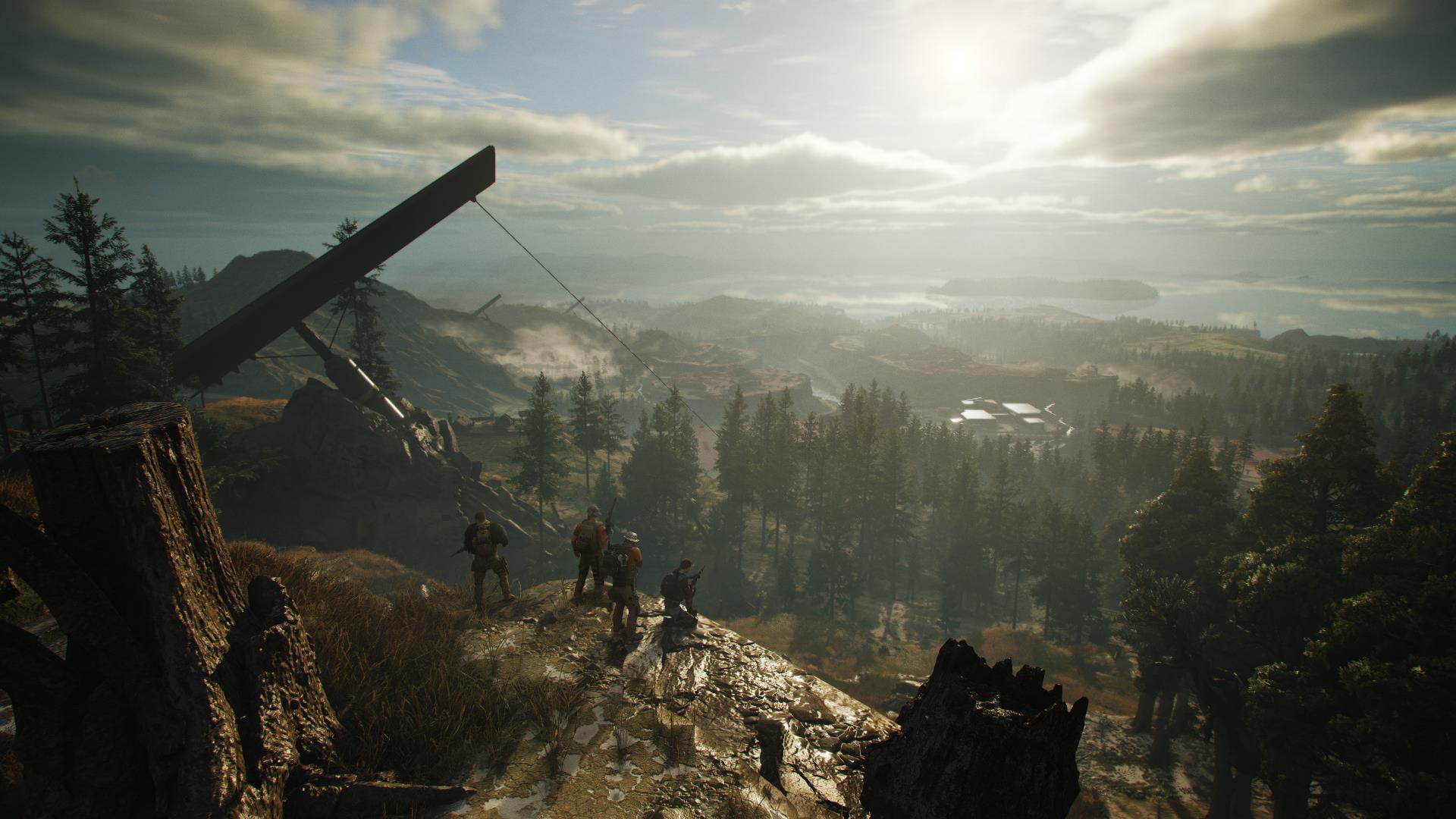
The microtransaction situation is not great, but survivable. I found exploring the game and raiding bases offered enough money to buy all the available attachments and some basic vehicles. Those looking to relive the glorious tactical Barbie experience of Wildlands will be sorely disappointed though, as the most desired tacti-cool items are locked behind premium currency or late game content.
Right now, Breakpoint needs heavy debugging. I encountered many bugs, ranging from minor issues like reticles not disappearing to game breaking bugs like quests not progressing any further. Many of the control related issues like menus no longer working and the player being stuck in aim mode can be solved by plugging in a controller and inputting a few actions, but it’s frustrating as I found these issues popping up at least once a game session, if not more.
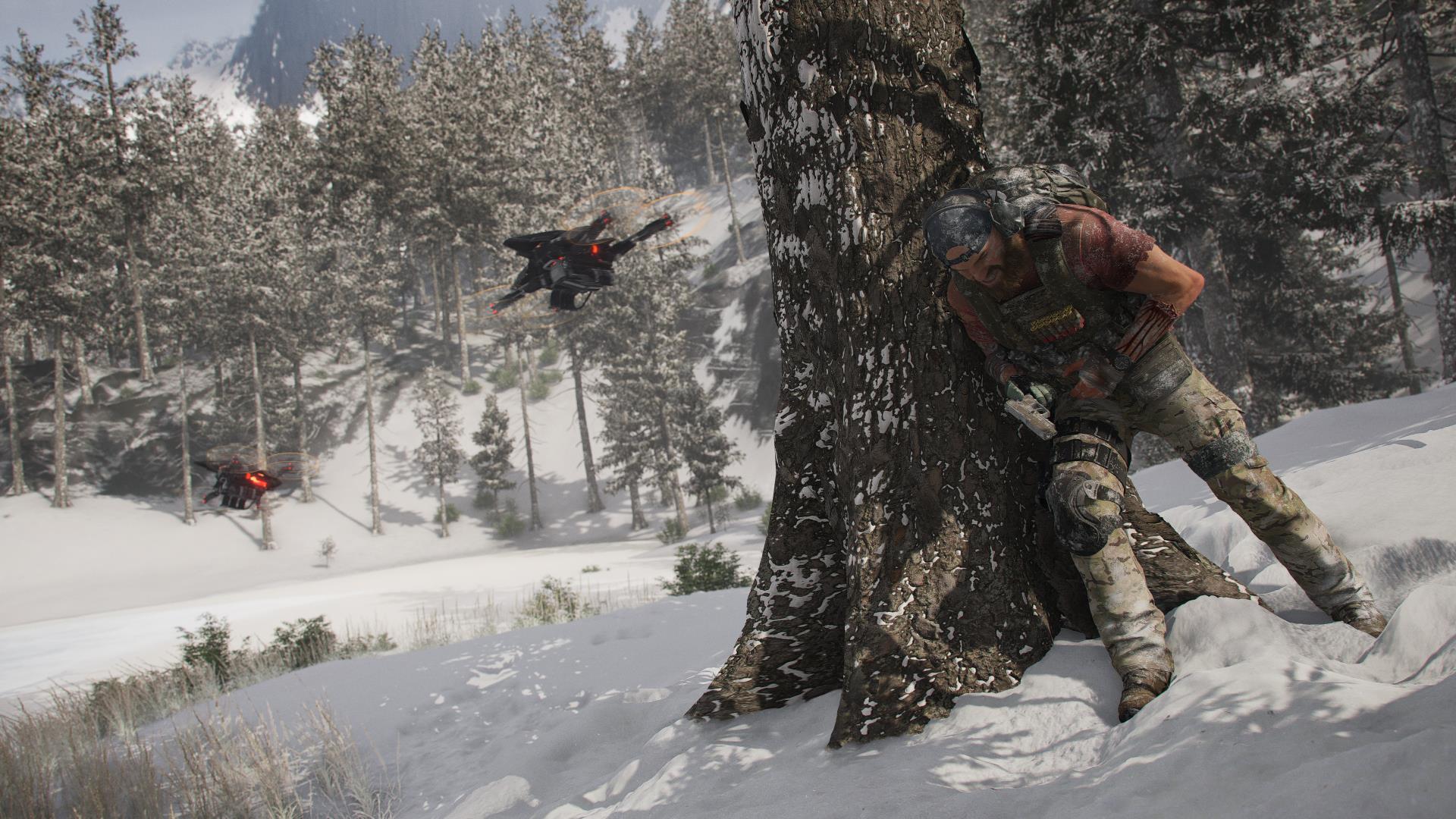
Visuals
The graphics in Tom Clancy’s Ghost Recon Breakpoint is not Ubisoft’s best work. While the character and environment models are lovely, the animation quality varies heavily. Gameplay animations like running and shooting look very natural. More detailed work in cutscenes and conversations fall flat in comparison. Objects in cutscenes like rifles and tablets take an odd fuzzy appearance when in motion. Facial animations have an unnatural wooden look. Conversations between Nomad and minor NPCs look even worse. Many times, character models don’t even face each other, let alone make eye contact with each other while chatting.
Audio
The audio experience is a hit or miss. The soundtrack is a subtle accompaniment to the game that serves the game’s realistic setting well. The sound effects are enjoyable, with plenty of gun shots and explosions with some serious oomph behind them. The voice acting is where the game struggles the most. The voice actors for the main characters are up to AAA game standards. Nomad’s male voice actor delivers his lines well, but his grunts of exertion from climbing over obstacles or sliding down steep slopes sound awful. The minor NPCs are passable, but many are simply lacklustre performances.
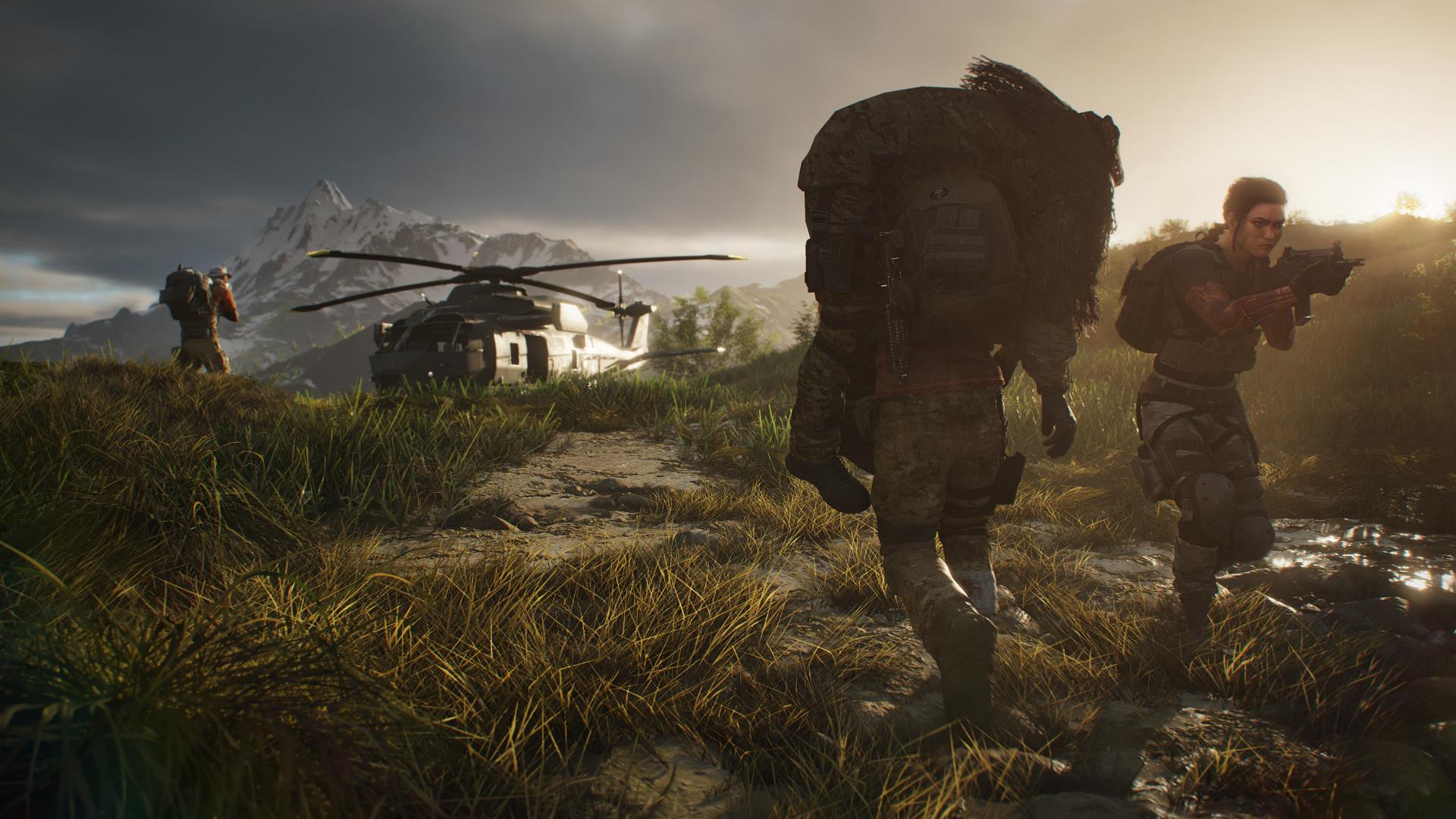
Overall
Tom Clancy’s Ghost Recon Breakpoint is a parade of issues. Its very foundation is weak, as Ubisoft tries to take a perfectly good Ghost Recon experience from Wildlands and throws in some popular genres to see what sticks. While the RPG elements worked well for Ubisoft’s reboot of the Assassin’s Creed franchise, the implementation is lack lustre in Breakpoint. The survival elements could have worked out if it was thought out properly. The RPG mechanics feel completely out of place, and no amount of mechanical changes will make it fit. The writing is a disappointment with its corny dialogue and generic story. The audio/visual presentation falls short of a Ubisoft AAA title, struggling with some of its voice acting and wooden animation. Unless you’re a fan of tactical shooters with mass market appeal, you can safely skip over Breakpoint. If this genre is in your wheelhouse, Breakpoint might be worth picking up at an extremely steep discount after Ubisoft spends a few months squishing bugs.
Capsule Computers review guidelines can be found here.


